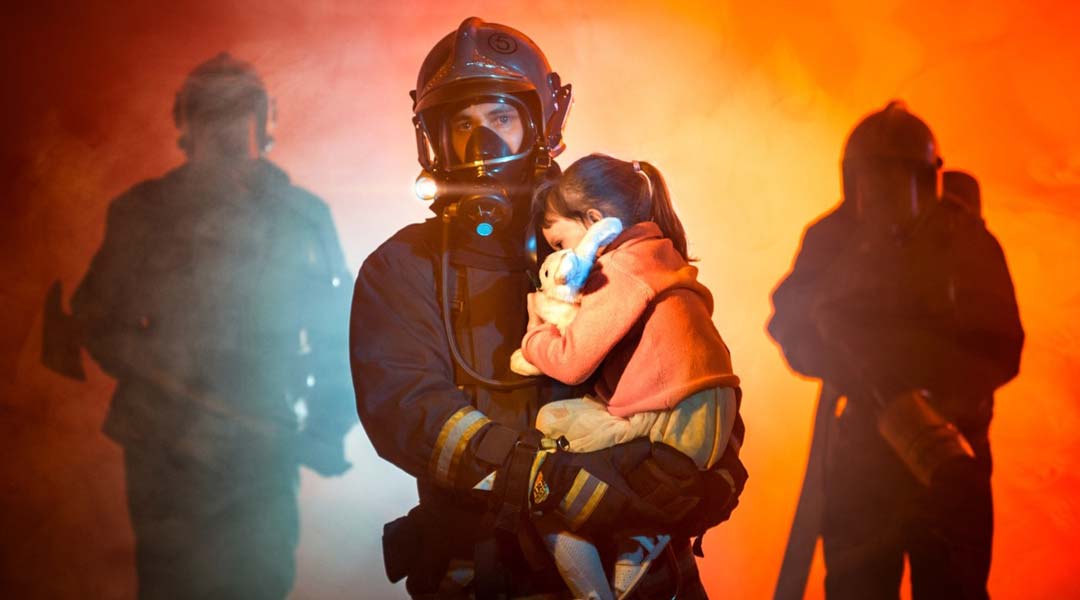Smoke emissions from fires, whether nearby or distant, contain numerous atmospheric pollutants that can be harmful to human health. In the United States, the Environmental Protection Agency has classified them as “significant pollutants.” Regulating smoke emissions caused by fires is very challenging.
Smoke particles less than 2.5 microns in diameter, called PM 2.5, can cause asthma, heart attacks, decreased lung function, and even death (after chronic exposure) in vulnerable individuals. Infants are particularly at risk.
Wildfire smoke is composed of a mixture of gaseous pollutants (such as carbon monoxide), hazardous air pollutants (HAPs) (such as polycyclic aromatic hydrocarbons [PAHs]), water vapor, and particulate pollution. Particle pollution is the primary component of wildfire smoke and poses the greatest threat to public health.
A Vicious Circle
Climate change is one of the major factors contributing to increased fire activity. Extreme heatwaves are already five times more likely today than they were 150 years ago and are expected to become even more frequent as the planet continues to warm. Higher temperatures dry out landscapes and create the perfect environment for larger and more frequent wildfires. This, in turn, leads to increased emissions from wildfires, further exacerbating climate change. This multiplication of fires creates a “fire-climate feedback loop” and leads to even more fires. A vicious circle!
Wildfires have always existed, but with climate change, they have become more frequent and larger in recent decades. As these fires multiply in number and scale in recent years, smoke has become a more concerning issue, spreading over greater distances, even across continents. Consequently, it has reached remote regions.
In June 2023, smoke from fires in Quebec and Nova Scotia moved into the New York region, turning the sky orange in Manhattan. Emergency services observed an increase in people suffering from asthma.



